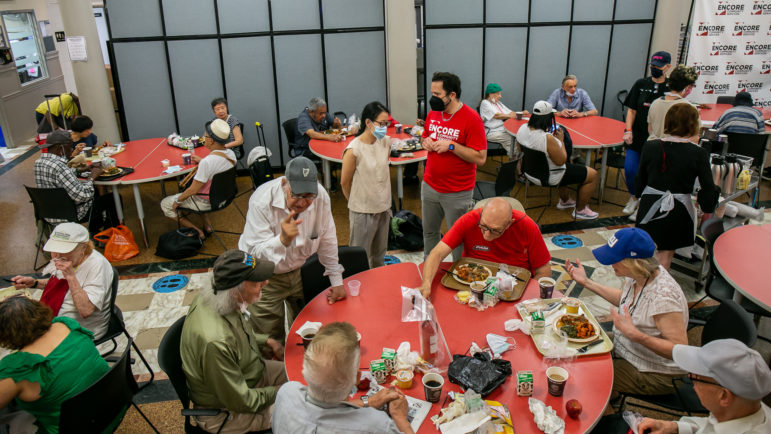As city Department of Youth and Community Development (DYCD) programs head into their program year, a $6.29 million reduction in federal Youth Workforce Investment Act (WIA) funding means education and training services will take cuts.
Suzanne Lynn, DYCD deputy commissioner for community development, said the city learned last month that it was going to receive less WIA youth funding. As a result of a revised formula for calculating unemployment plus cuts in the federal budget, the city will receive a total of $28.8 million in WIA youth allocations for the current program year, down from $35.1 million last year. Lynn said the change of formula, which used 1990 census data (due to a counting error in 2000 census data), hurt the city and state because both had drops in unemployment rates. Unemployment rates are used in the WIA allocations formula to determine how much funding a city or state receives.
The cuts translate into allocation reductions for the hundreds of service providers around the city into which DYCD channels funding. The number of youth that will be affected by the cuts is unknown, because agencies are trying to find the missing funds elsewhere. One reduction that seems clear is in enrollment of new Out-of-School participants, DYCD spokesman Ryan Dodge said. Last fiscal year, 1,170 new enrollees signed up, but this year only 935 are expected.
“We will try to do the best we can to minimize the effects of the cuts,” Lynn said. “We’re all about maximizing the resources we have, and I don’t think we see any substantial change for the worse in any of our programs.”
According to DYCD, last year 4,500 youths received work readiness training; 1,050 younger, out-of-school youths received a high school diploma or GED; 5,450 youths received tutoring to improve basic literacy and numeric skills; 4,489 youths enrolled in the NYC Summer Youth Employment Program; and 6,350 who were identified as at risk for leaving high school received “remain-in-school” services. Dodge said parallel numbers for the upcoming year were not available.
Randy Peers, director of Opportunities for a Better Tomorrow, a Brooklyn-based service provider that helps at-risk youth and adults in the Sunset Park, Bedford-Stuyvesant and Bushwick areas of Brooklyn, said those reduced resources mean the agency could support 13 fewer youth than the 120 it usually recruits. His agency might try to find other funds to maintain the usual level of service.
But the bigger issue is that the investment the federal government has been making in WIA has been decreasing, Peers said. According to DYCD, the federal recommendation of a $935.5 million appropriation for youth workforce-training programs nationwide represents a $5 million reduction from fiscal year 2006, and a total of $50.5 million less than fiscal 2005.
Jeremy Reiss, director of legislation and public policy for the New York City Employment and Training Coalition, said he urges agencies to contact their elected officials at the federal level, invite them on-site to see the real benefits of its programs and provide real data.
Because WIA funding can’t cover all workforce development expenses, DYCD’s Lynn said she encourages agencies to apply for alternative funding from private, city or state agencies. She said DYCD has identified additional funds from the state, but those will only provide services for a limited number of youth. [09/25/06]








